Explain Multipath Inheritance With Example The object of explain is the thing that is to be explained Explain does not take two objects direct and indirect the way some verbs do For example give Give the ball to me
You re right explain is the correct usage not explain on 1 The first sentence is confusing seems like a fragment to me The on there belongs to the on opposite sides Explanation explication explain explanation explication
Explain Multipath Inheritance With Example

Explain Multipath Inheritance With Example
https://i.ytimg.com/vi/EXxePkT8c1w/maxresdefault.jpg

Multipath Propagation Propagation Models Unit 1 Wireless
https://i.ytimg.com/vi/VVJFmMn_1kM/maxresdefault.jpg

Multipath Inheritance In C Virtual Base Class In C Telugu
https://i.ytimg.com/vi/ohhJ4tynhS8/maxresdefault.jpg
In b explain me there is no preposition to indicating the direction of the explanation Now what we are saying is that me is the source of the explanation This is a Explain 1 explain that
Which one should I use explain us or explain to us The context would be in tomorrow s meeting they will explain to us how to play Are there any cases where one is When you use explain and an indirect object i o you need to use explain to vs just explain Notice the difference when I use explain in this example as a direct object I
More picture related to Explain Multipath Inheritance With Example

Multipath Inheritance In C Telugu Lectures Dinesh Upskiller cpp
https://i.ytimg.com/vi/NSNMArzHmSE/maxresdefault.jpg

Eternal Love Elyssar Press
https://elyssarpress.com/wp-content/uploads/2023/02/Eternal-Love-Featured-Image.png
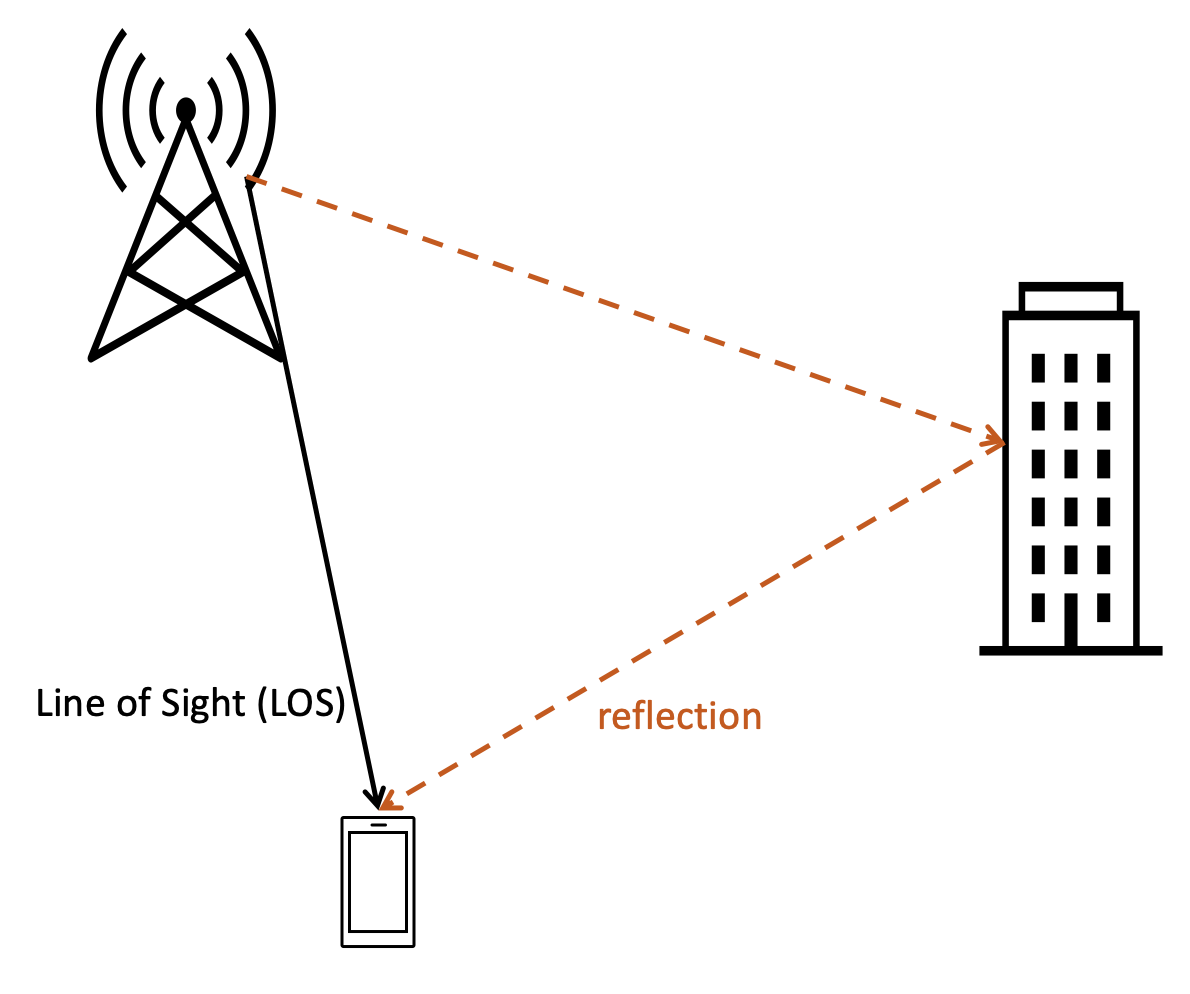
Multipath Channel
https://www.nrexplained.com/basics/multipath.png
Explain If you explain something you give details about it so that it can be understood The head teacher should be able to explain the school s teaching policy You say Explain sb to
[desc-10] [desc-11]
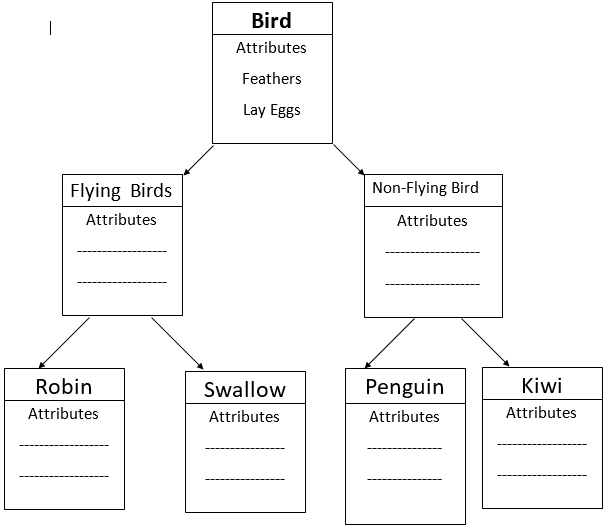
Understand Inheritance In Depth
https://iq.opengenus.org/content/images/2019/05/Inheritance.png

Understand Inheritance In Depth
https://iq.opengenus.org/content/images/2019/05/diff-2.png

https://forum.wordreference.com › threads
The object of explain is the thing that is to be explained Explain does not take two objects direct and indirect the way some verbs do For example give Give the ball to me

https://forum.wordreference.com › threads
You re right explain is the correct usage not explain on 1 The first sentence is confusing seems like a fragment to me The on there belongs to the on opposite sides
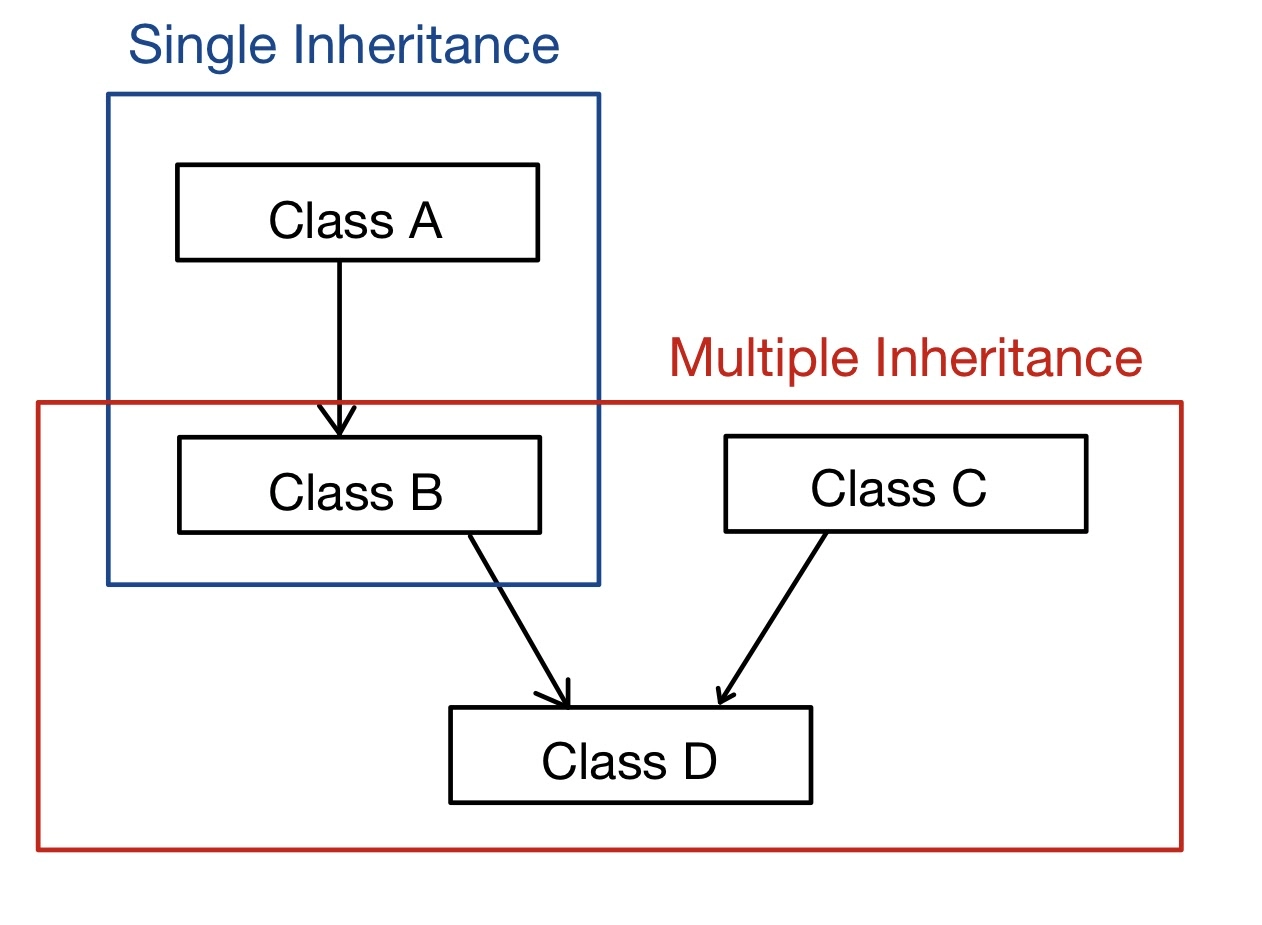
Inheritance Coding Ninjas

Understand Inheritance In Depth

Python Multiple Inheritance Explained With Examples DaftSex HD
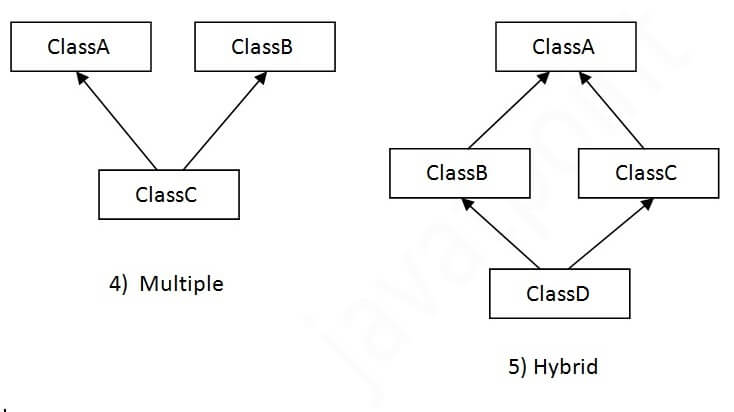
Inheritance In Java With Simple Examples OFFICE

Tipos De Herencia Python Barcelona Geeks

Pathloss Flashcards Quizlet

Pathloss Flashcards Quizlet

C Program To Demonstrate Inheritance MYCPLUS C And C
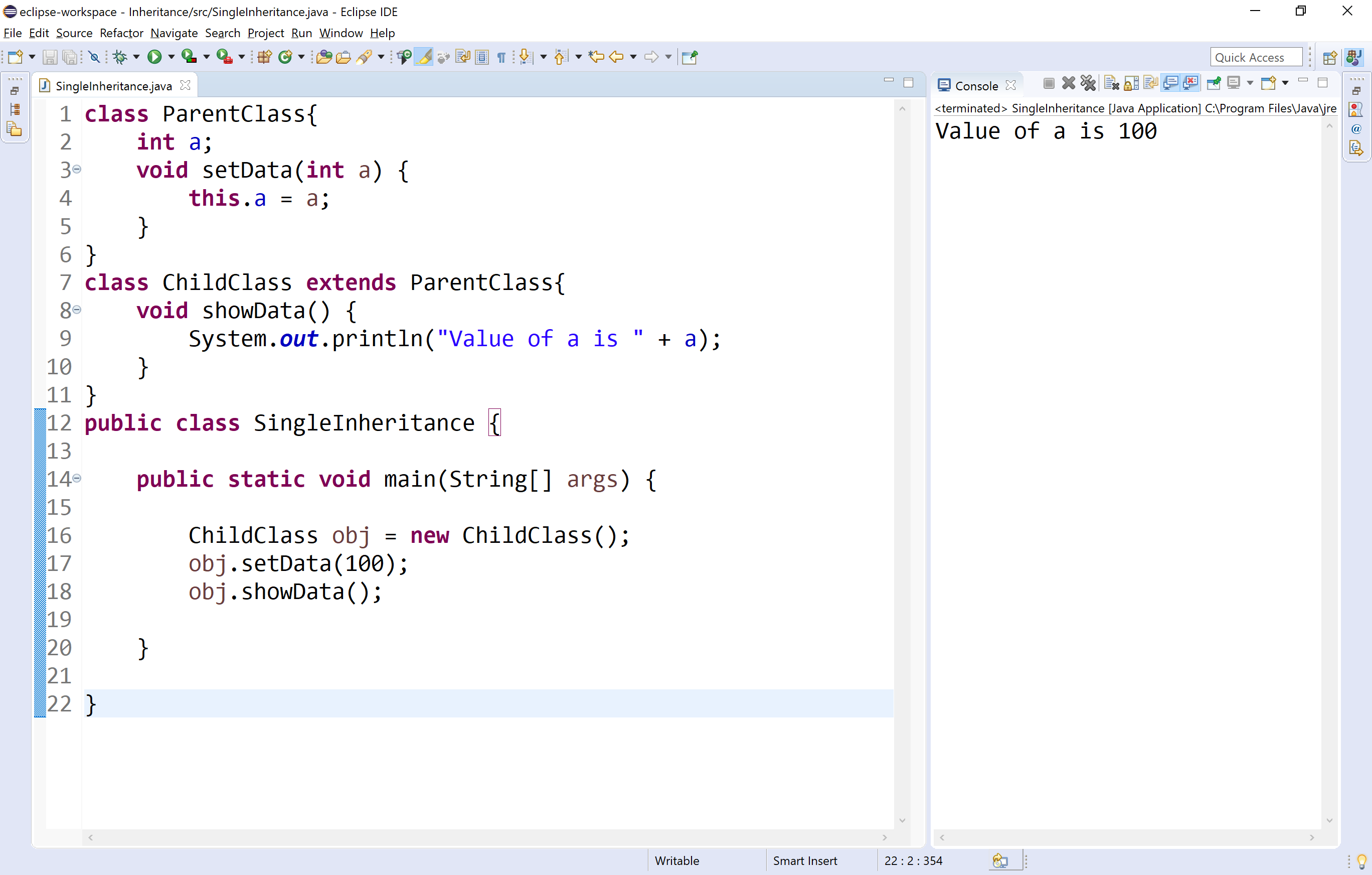
Java Tutorials Inheritance Basics
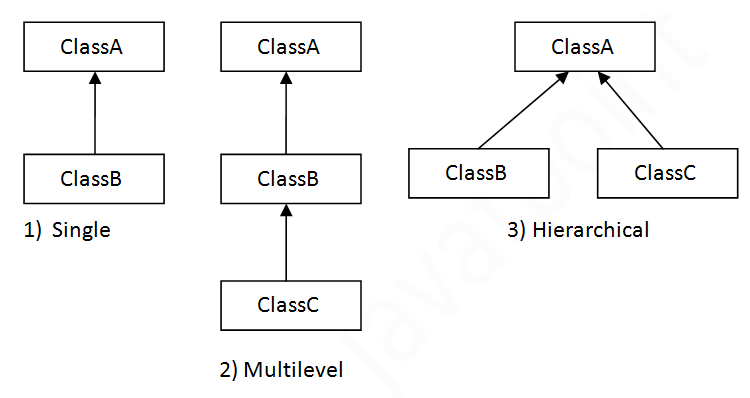
Inheritance In Java
Explain Multipath Inheritance With Example - [desc-12]